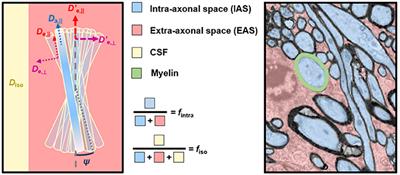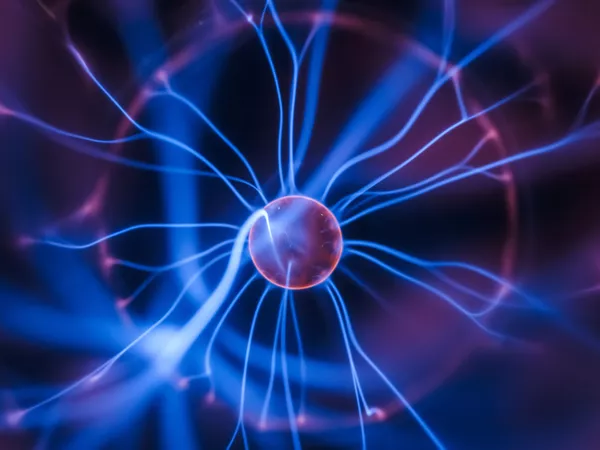EDITORIAL
Published on 21 Mar 2019
Editorial: Assessing Cellular Microstructure in Biological Tissues Using in vivo Diffusion-Weighted Magnetic Resonance
doi 10.3389/fphy.2019.00037
- 1,156 views
15k
Total downloads
86k
Total views and downloads
EDITORIAL
Published on 21 Mar 2019
ORIGINAL RESEARCH
Published on 25 Sep 2018
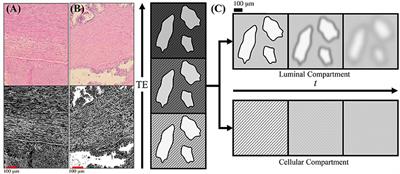
ORIGINAL RESEARCH
Published on 08 Jun 2018
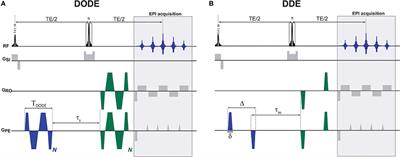
PERSPECTIVE
Published on 01 May 2018
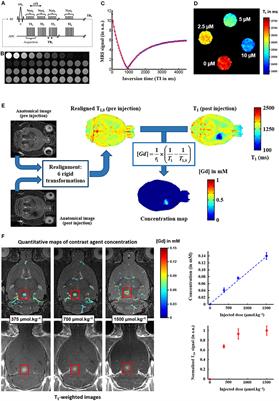
HYPOTHESIS AND THEORY
Published on 02 Mar 2018
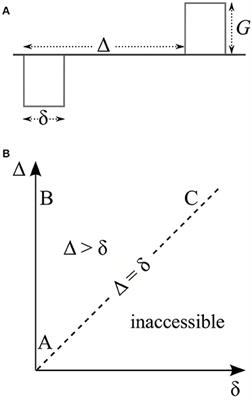
TECHNOLOGY REPORT
Published on 26 Feb 2018
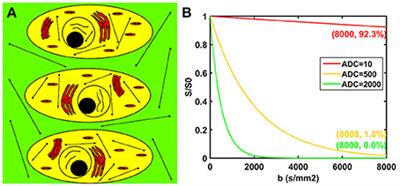
ORIGINAL RESEARCH
Published on 21 Feb 2018
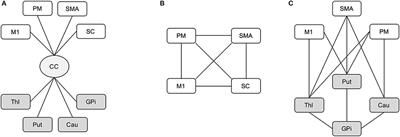
ORIGINAL RESEARCH
Published on 20 Feb 2018
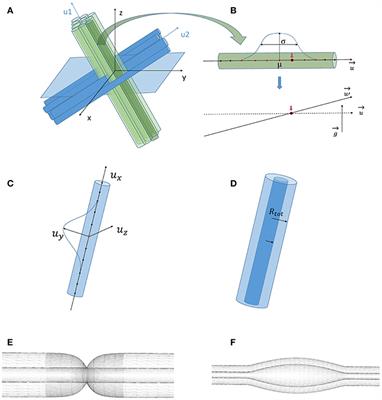
PERSPECTIVE
Published on 19 Jan 2018
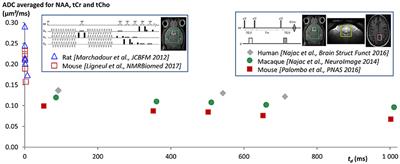
ORIGINAL RESEARCH
Published on 19 Dec 2017
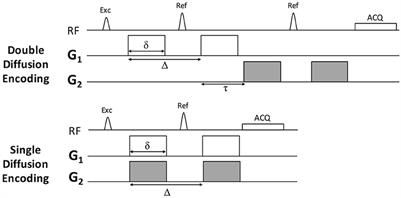
PERSPECTIVE
Published on 19 Dec 2017
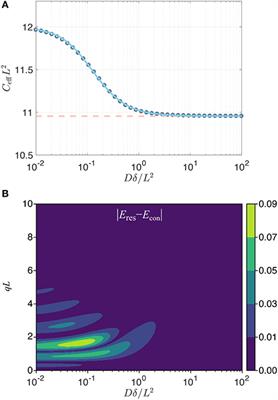
REVIEW
Published on 28 Nov 2017
